10-Step Korean Skincare Routine

This routine doesn’t depend on how many products you own but on how you layer them. All you need to do is understand which products will go with your skin type (oily, sensitive, or dry).
Maybe you thinking – Where should you start? Do you need to be double cleansing? Should you begin with all ten steps? How should you get started? What kinds of products should you start with?
Before starting a Korean Skincare routine or using any products, do a patch test. If you don’t see any reaction after 24 hours, you can begin the Korean beauty regimen.
Step #1. Double Cleanse – Oil Cleanser
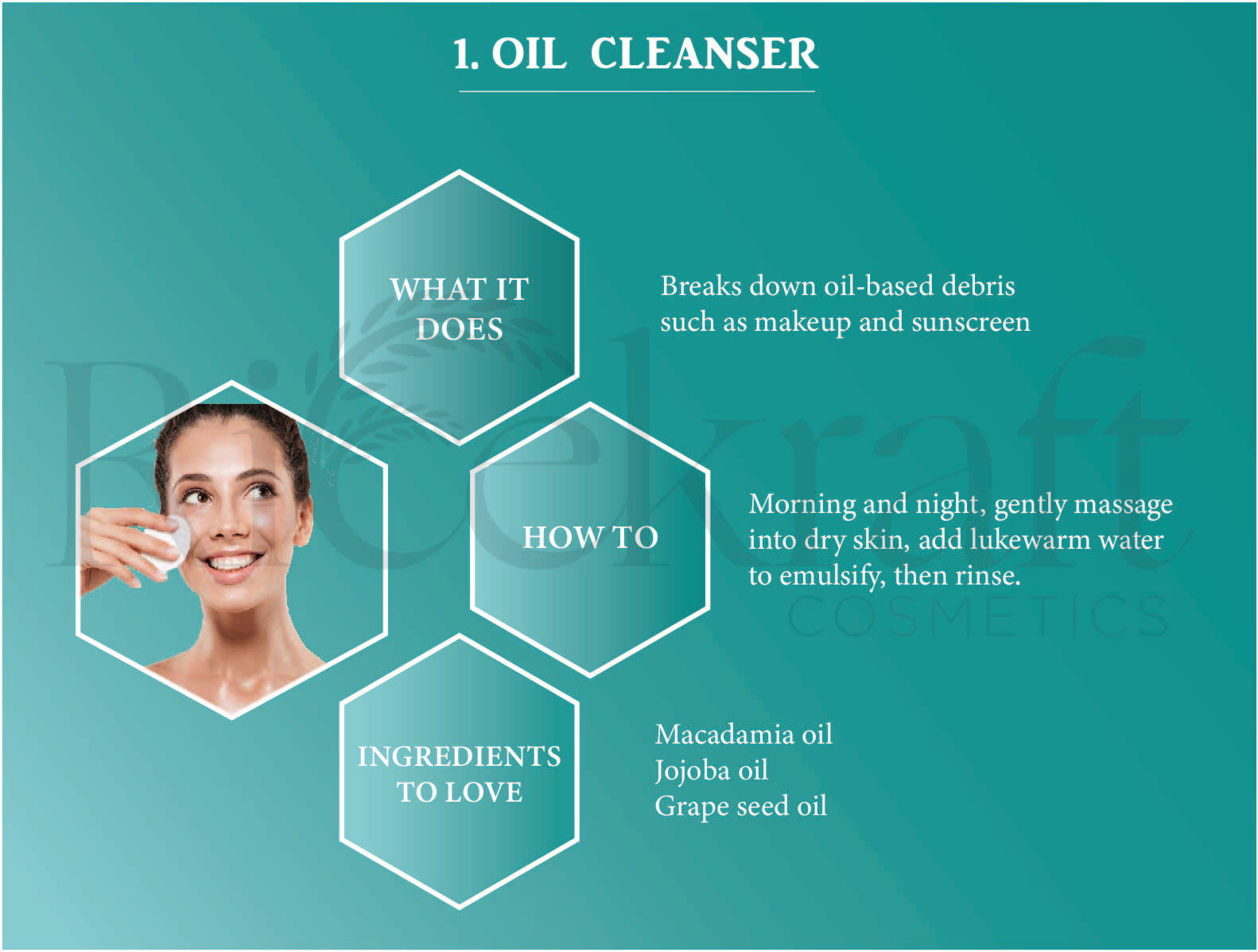
The first and foremost step of the Korean skincare method is removing excess oil from your skin through oil cleansers.
Oil-based cleansers are less irritating and gentle on your skin than regular cleansers.
They break down oil-based impurities such as makeup, SPF, excess sebum, and other pollutants much better than a regular makeup remover. It doesn’t stop there, though — an oil-based cleanser also hydrates and softens skin without disrupting the oil balance in the skin. That’s why it is also an integral part of the Korean skincare routine for dry skin.
How To Use:
Take a small amount of product and gently rub it in a circular motion on your face.
Massaging in circular motions also increases blood flow. Add lukewarm water to emulsify it, and then rinse it off.
Skip If…
Your skin reacts poorly to oils, or your skin is too sensitive to double-cleanse.
Step #2. Double Cleanse – Foam Cleanser
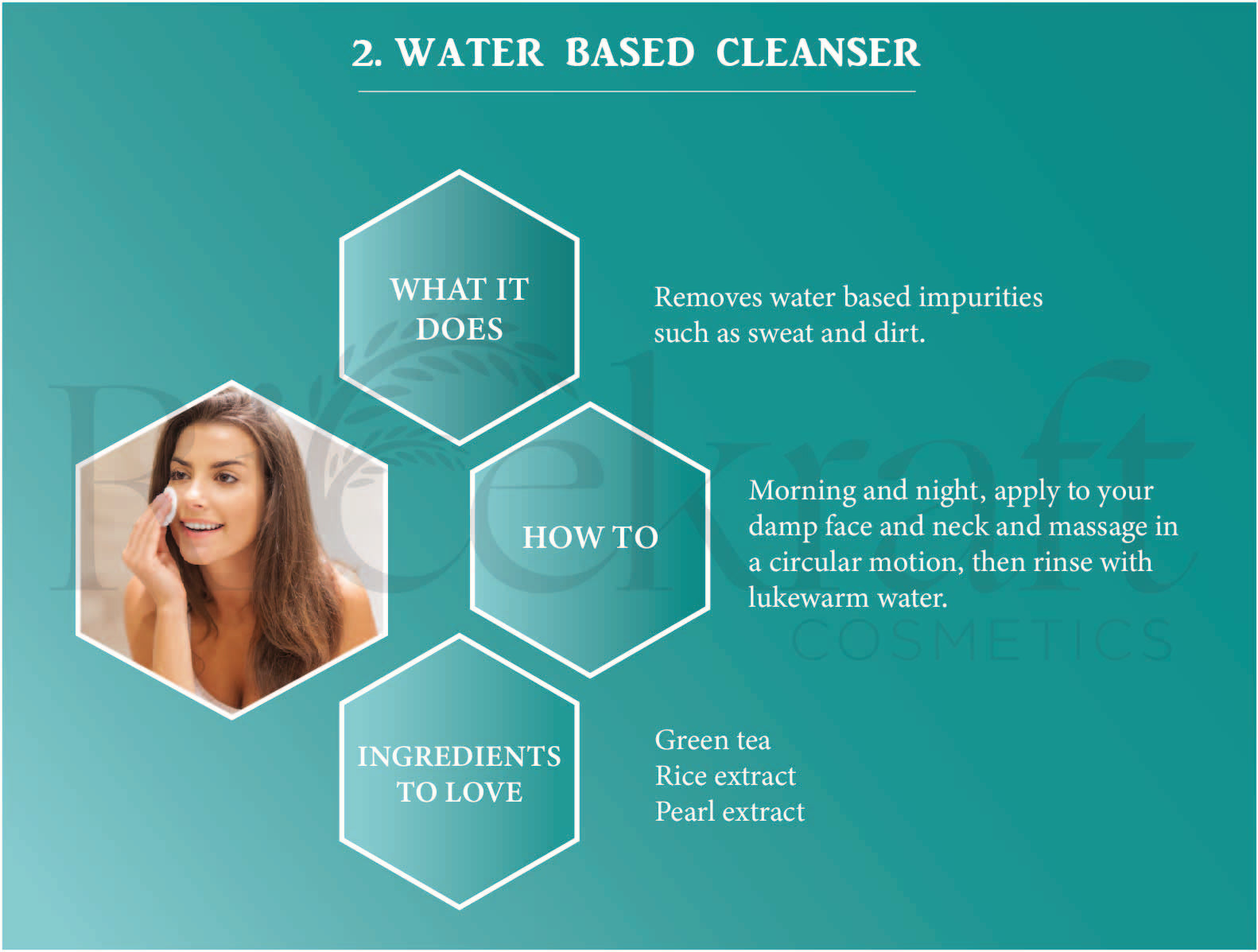
The first step of the routine clears out all oil-based impurities. The second part involves using a water-based cleanser to eliminate water-based contaminants like dirt and sweat left after cleaning your face with an oil-based cleanser. After double cleansing (first with oil, then with foam), not a hint of grime will be left to hinder your skin’s health.
How To Use:
Take a generous amount of cleanser and gently massage it in a circular motion on your face. Then rinse it off with lukewarm water.
It is essential to check the pH of this cleanser to prevent it from eradicating your skin barrier.
What Is A PH Balancing Cleanser?
Our skin is weakly acidic (pH 4.7-5.7). A cleanser with higher pH than 6 is not recommended for your skin. The key is to use a gentle, hydrating, low pH water-based cleanser so that your skin gets the cleanse it needs without disrupting the skin barrier.
If your cleanser produces too much foam, it is most likely alkaline in nature and not suitable for your skin.
Skip If…
You have ultra-dry skin, and you want to use only an oil-based cleanser.
Step 3 – Exfoliate Your Skin
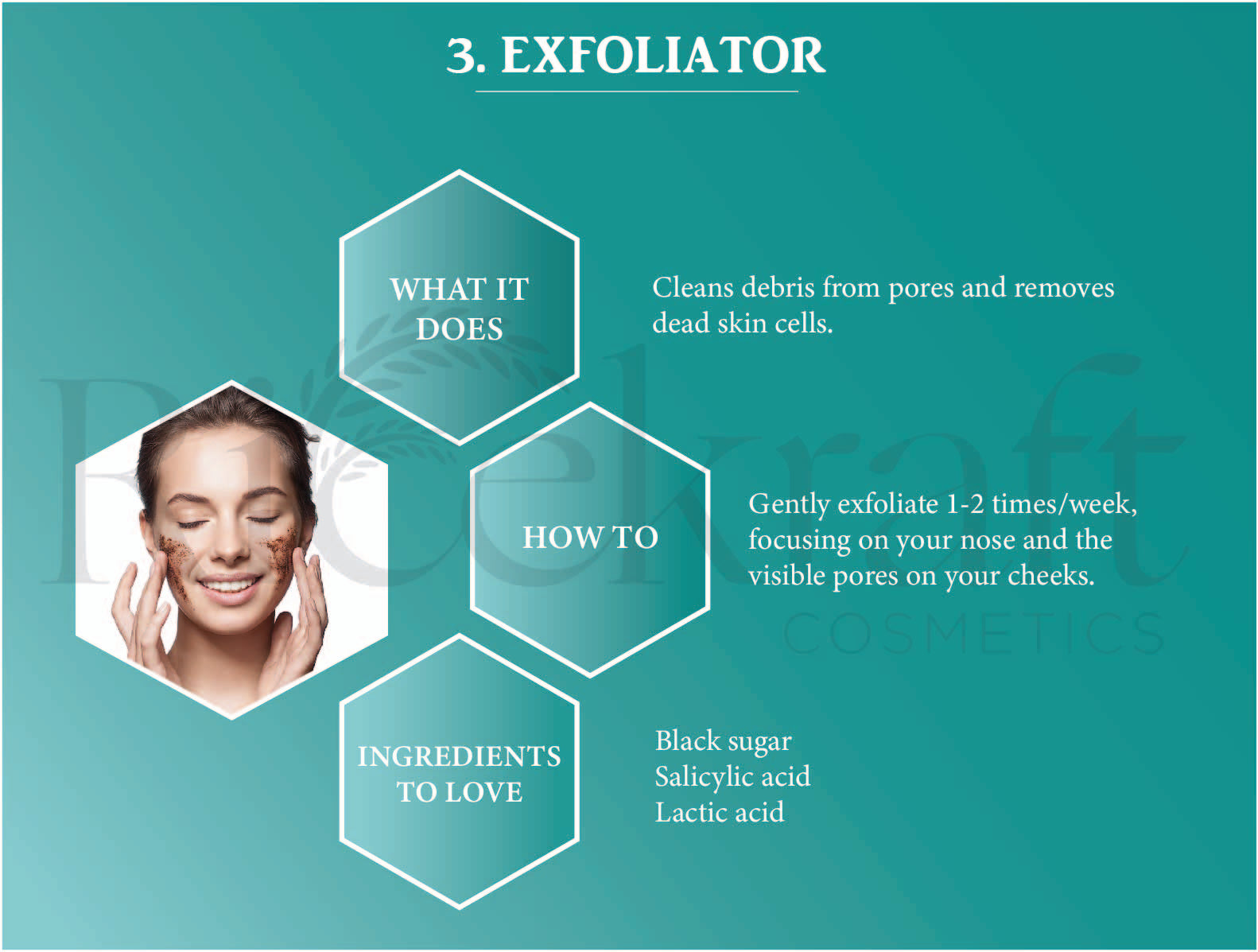
Physical or Chemical Exfoliation essentially means cleaning out clogged pores and sloughs off dead skin cells from your skin.
Removing dead skin cells once or twice a week helps fade acne scars and better product absorption. This step will make your skin appear smoother, brighter, and more firm.
If you have sensitive skin, exfoliation once a week is recommended
If you have a more challenging complexion, you can do it more regularly (about three times a week).
How To Use:
Take a small amount of your product on your palm and gently roll it in a circular motion on your nose and visible pores on your cheeks. Wash it off after a minute or two.
Skip If…
You have sensitive skin, active breakouts, or loose skin, or you exfoliated the day before.
Step 4 – Apply Toner
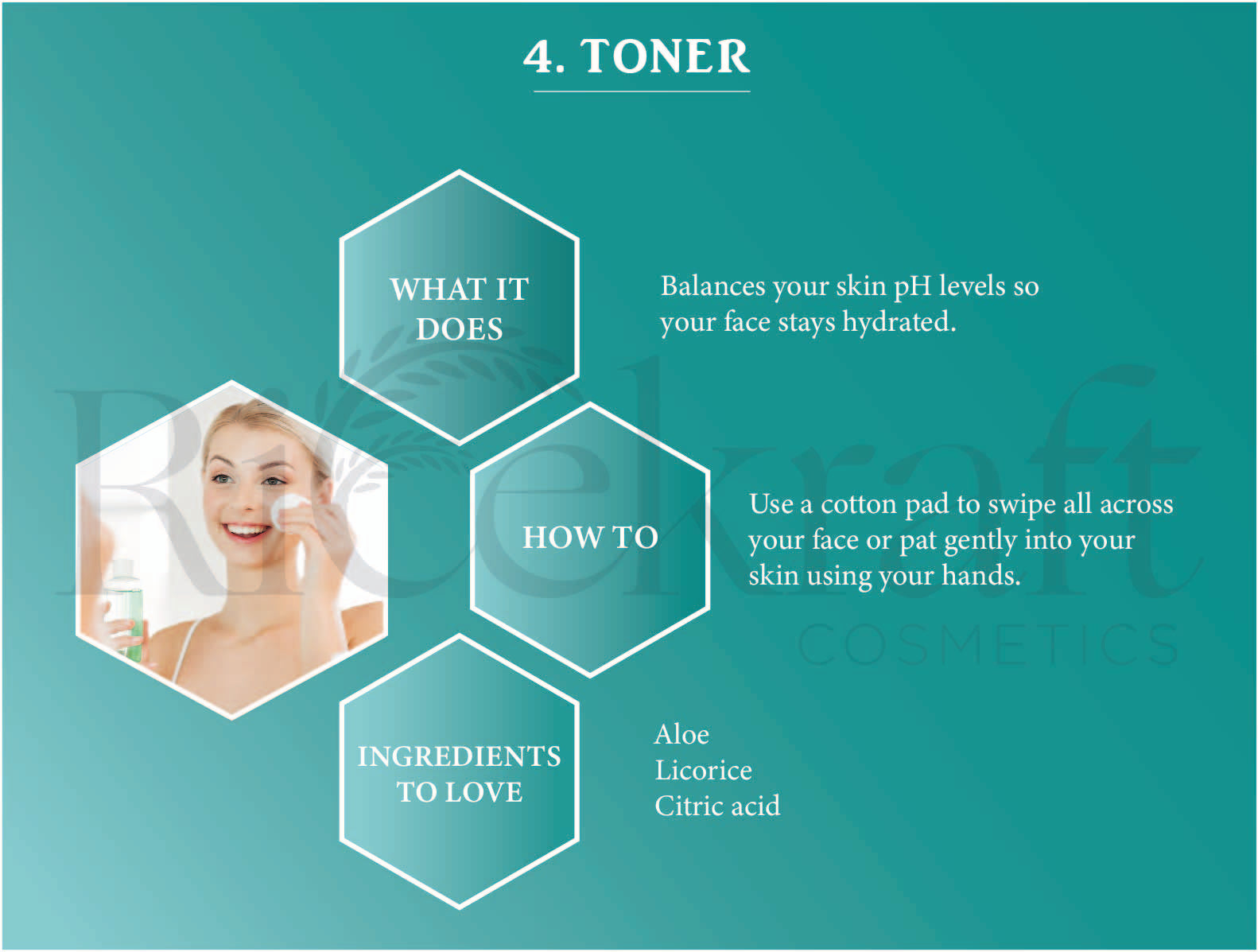
In the Korean skincare order, the role of toners is to remove any leftover dirt from your face and balance your skin’s pH levels.
Toners not only balance skin’s pH but also help skincare ingredients sink deeper into the skin by drenching skin with hydration. They provide the first layer of hydration in a skincare routine. In other words, toners help in preparing skin for the next steps. So the skin will absorb the following skincare routine treatments better!
How To Use:
Take a few drops of your toner onto a cotton ball or your fingers and gently dab on your face.
Skip If…
You’re on a strict budget or running low on time.
Step 5 – The New Thing In Town – Essence
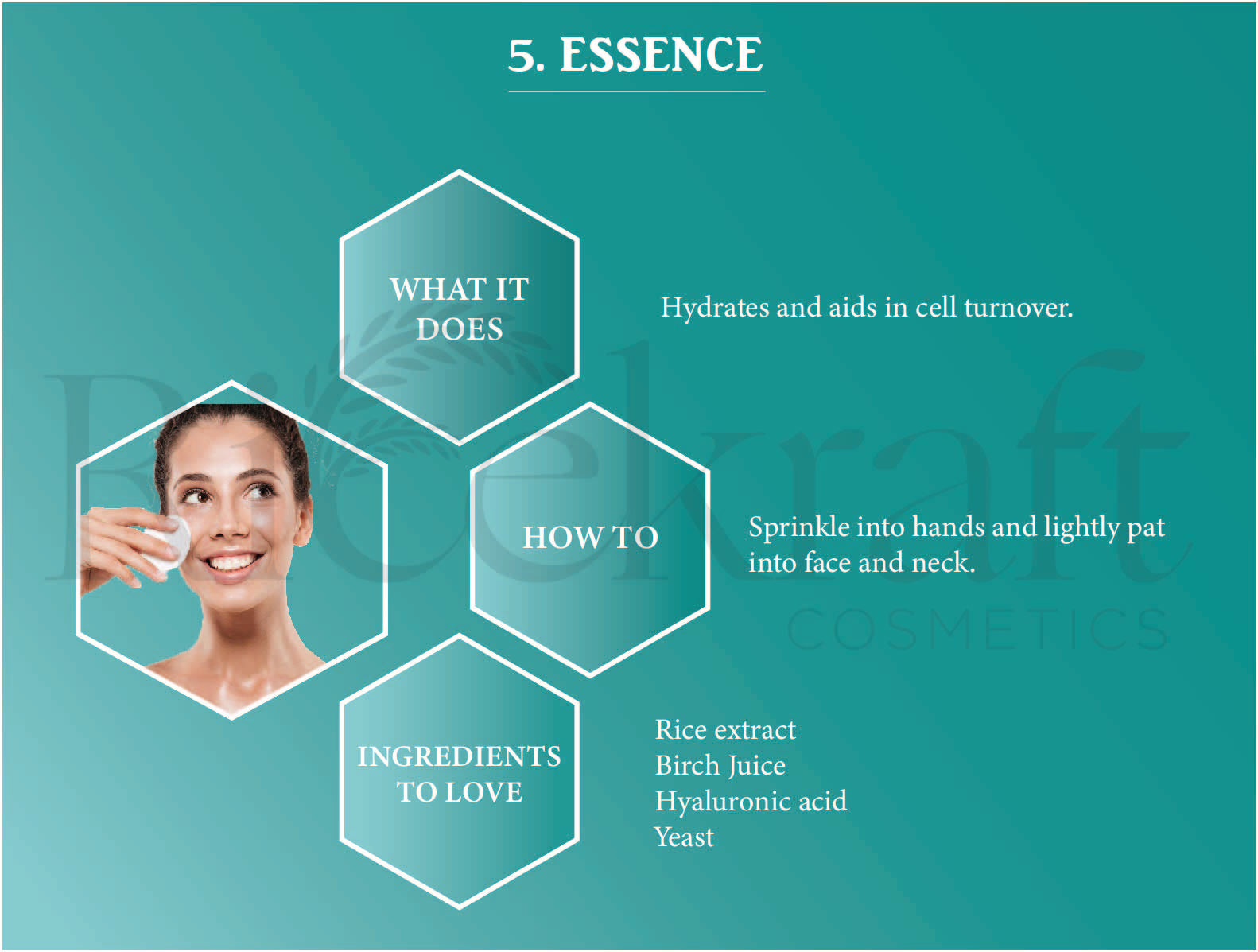
Essence is genuinely one of the most vital parts of the Korean skincare regimen. The primary purpose of an essence is to soothe your skin while healing it simultaneously.
Essence is the first step of nourishment as you build up to your moisturizer. It drenches your skin with hydration, maximizing your skin’s ability to absorb all the goodness from the rest of your skincare routine.
When your skin is dehydrated, it’s more susceptible to visible signs of premature aging or more prone to becoming irritated. Flooding skin with hydration after cleansing and toning helps keep it healthy, glowy, and balanced.
How To Use:
Sprinkle the product onto your hands and lightly pat it into your face and neck.
Skip If…
You’re on a time crunch or a budget.
Step 6 – Use A Serum/Ampoule/Booster
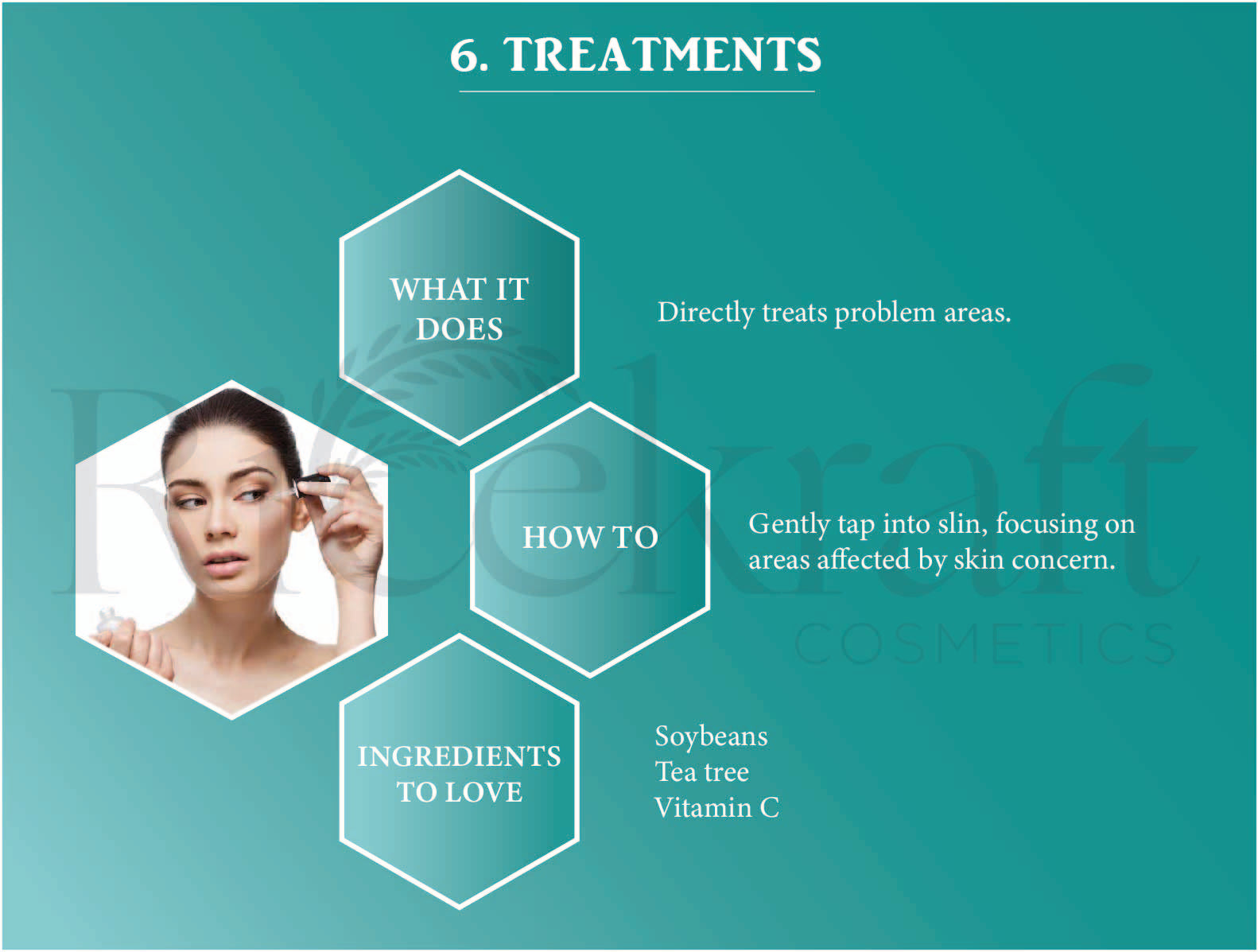
Face serums, ampoules, and boosters are the secret sauce that will put you on the path toward the glow you seek. They essentially contain active ingredients to address specific skin issues ranging from skin lightening and treating acne scars to reducing the signs of aging.
They help in maintaining your skin’s health over a considerably long period.
Usually, serums have a more dense texture than essences.
Ampoules are like pumped-up versions of serums.
How To Use:
Take a small amount of the product onto your palm and gently tap onto the skin, focusing on areas affected by skin concern.
Step 7- Put On A Sheet Mask

If essences are the heart of the Korean skincare routine, sheet masks are the soul. Sheet masks are soaked in serum or essence and are packed with beneficial vitamins and minerals.
Sheet mask does two main things:
- Flood your skin with hydration and other active, beneficial ingredients.
- Create a barrier over your skin so that those active, wholesome ingredients can better sink into your skin rather than evaporate into the air.
You might notice a lot of extra serum/essence at the bottom of the package. Instead of saving it for later, apply it to your neck, chest, and the backs of your hands for maximum glow.
How To Use:
Apply a sheet mask on your face while gently patting as you line the mask around your eyes and mouth.
It should be placed for 15 to 20 minutes to soak up all the ingredients. You don’t need to use it daily. Use a sheet mask twice or thrice a week for desired results. Sheet masks are also a quick fix before an event or party!
Skip If…
You’re on a time crunch or concerned about the typically single-use nature of the packaging.
Step 8 – Use An Eye Cream Is Must In Korean Skincare Routine
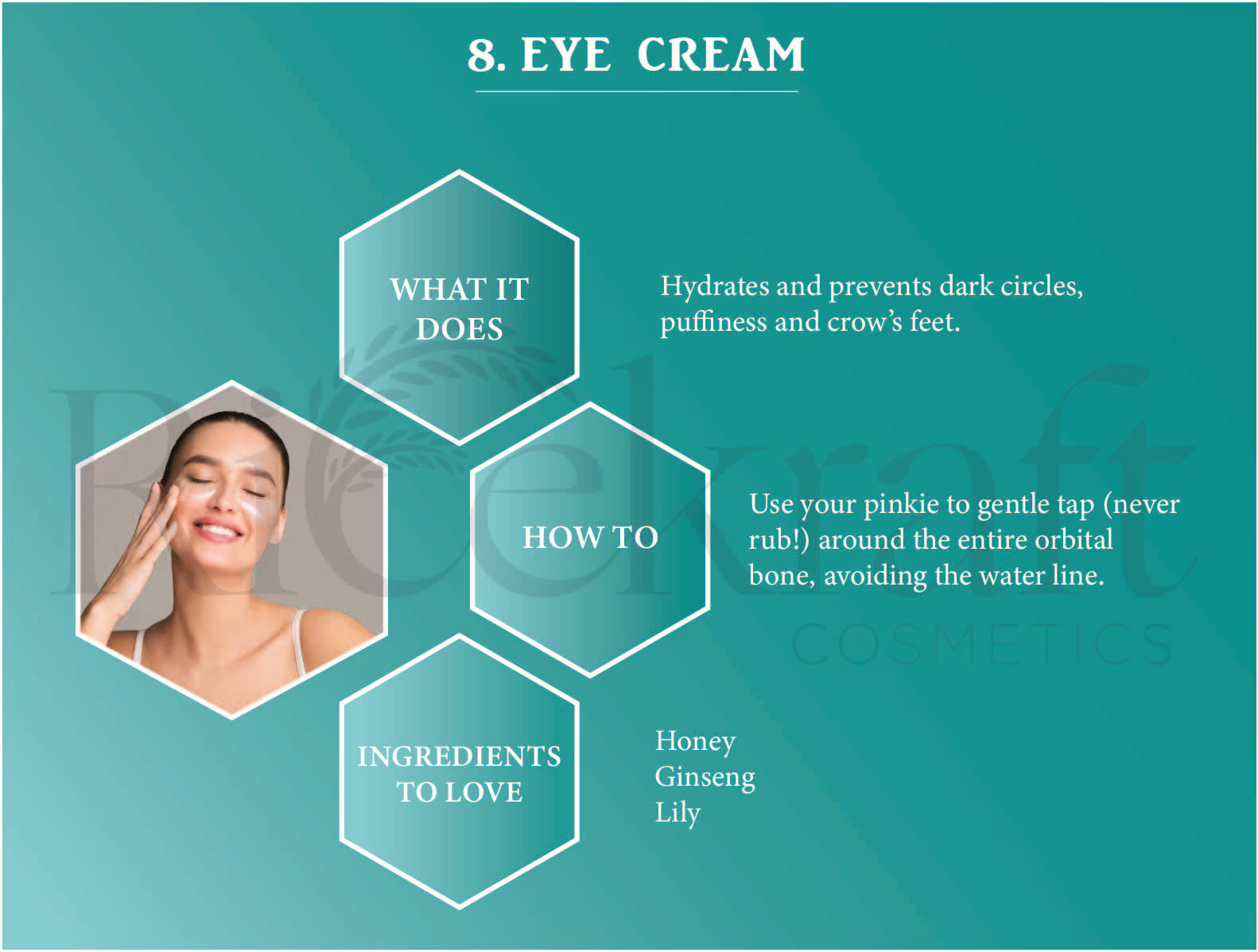
The skin around your eyes is usually the first to show signs of aging.
Dark circles and wrinkles are pretty common in the area around the eye. However, these typical skin problems can be quickly resolved with the application of eye-creams, and it is an integral part of Korean skincare, which soothe the under-eye skin and keep it hydrated. Eye creams are specifically tailored to address your under-eyes and prevent wrinkles.
They have typically active ingredients to target various concerns for the eye area.
They play a significant role in providing that moisturizing and sealing effect for the delicate eye area.
How To Use:
Take a pea-sized drop of the product and spread it gently over the area where the dark circles are noticeable (over the entire orbital bone) using your little finger. Be careful not to apply it on the waterline.
Skip If…
Your moisturizer is safe for the eye area, or you don’t have specific goals for your eyes that are separate from your overall skin goals.
Step 9 – Moisturize!
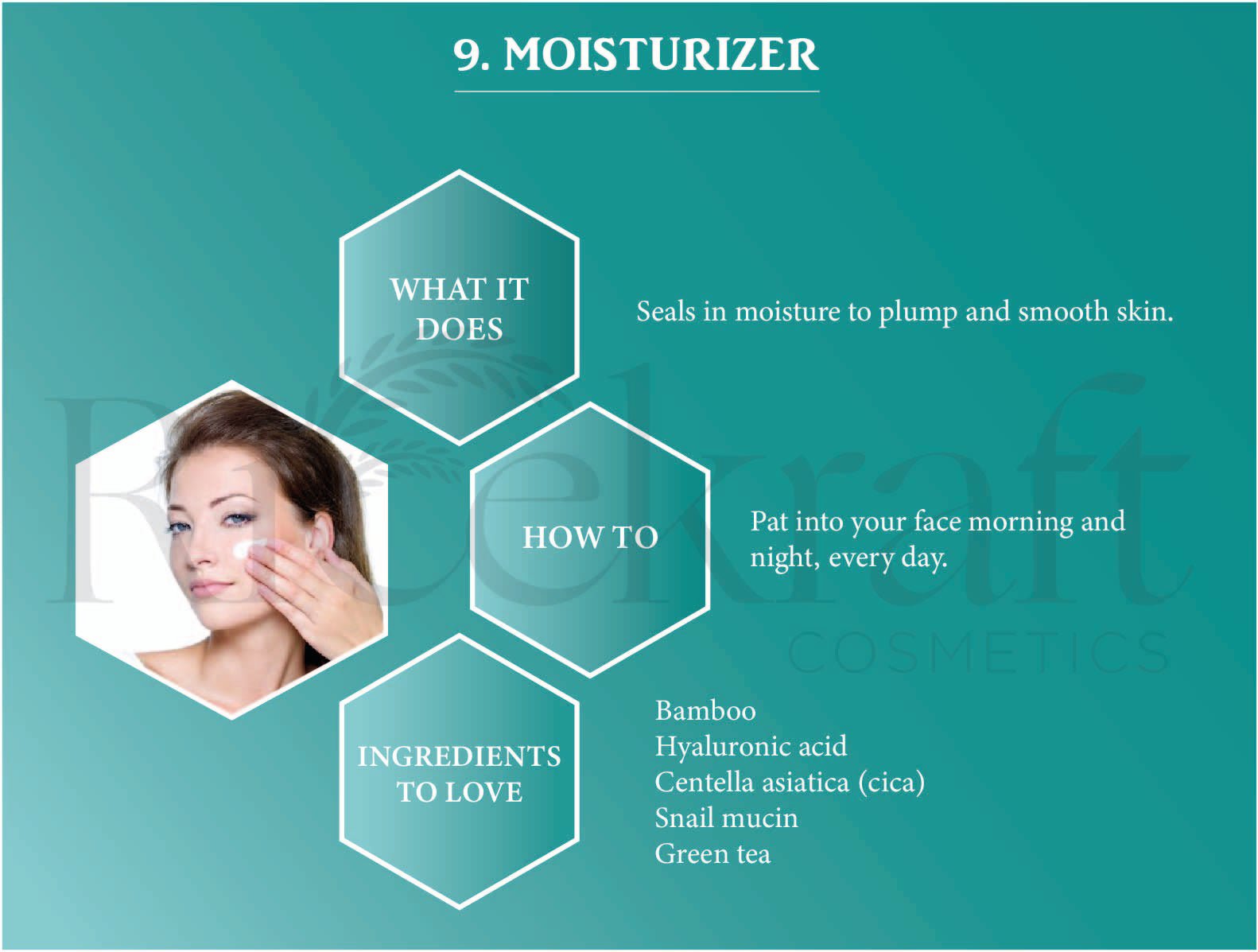
The Koreans believe that this step is vital to lock in the previous layers.
The moisturizer keeps your skin hydrated and your skin barrier balanced.
This step is to lock in skin moisture. And I’m telling you, next to daily SPF, skin hydration is key for supple, younger-looking skin at all ages.
Moisturizers come last in routine after super-hydrating products like essences, serums, and oils, as many moisturizers contain things called occlusives. Occlusives are ingredients that create a hydrophobic layer on the skin’s surface, which acts as a barrier to lock in moisture and hydration from the previously applied products.
A light lotion-based moisturizer is recommended for oily skin, while for dry skin, use a heavy cream-based moisturizer.
How To Use:
Take a small amount of the lotion/cream and gently rub it into your skin with circular motions for 10-15 minutes. It’s best to use moisturizers twice a day, i.e., morning and night.
Skip If…
Please don’t ever skip your moisturizer!
Step 10 – Don’t Forget The SPF In Korean Skincare Routine
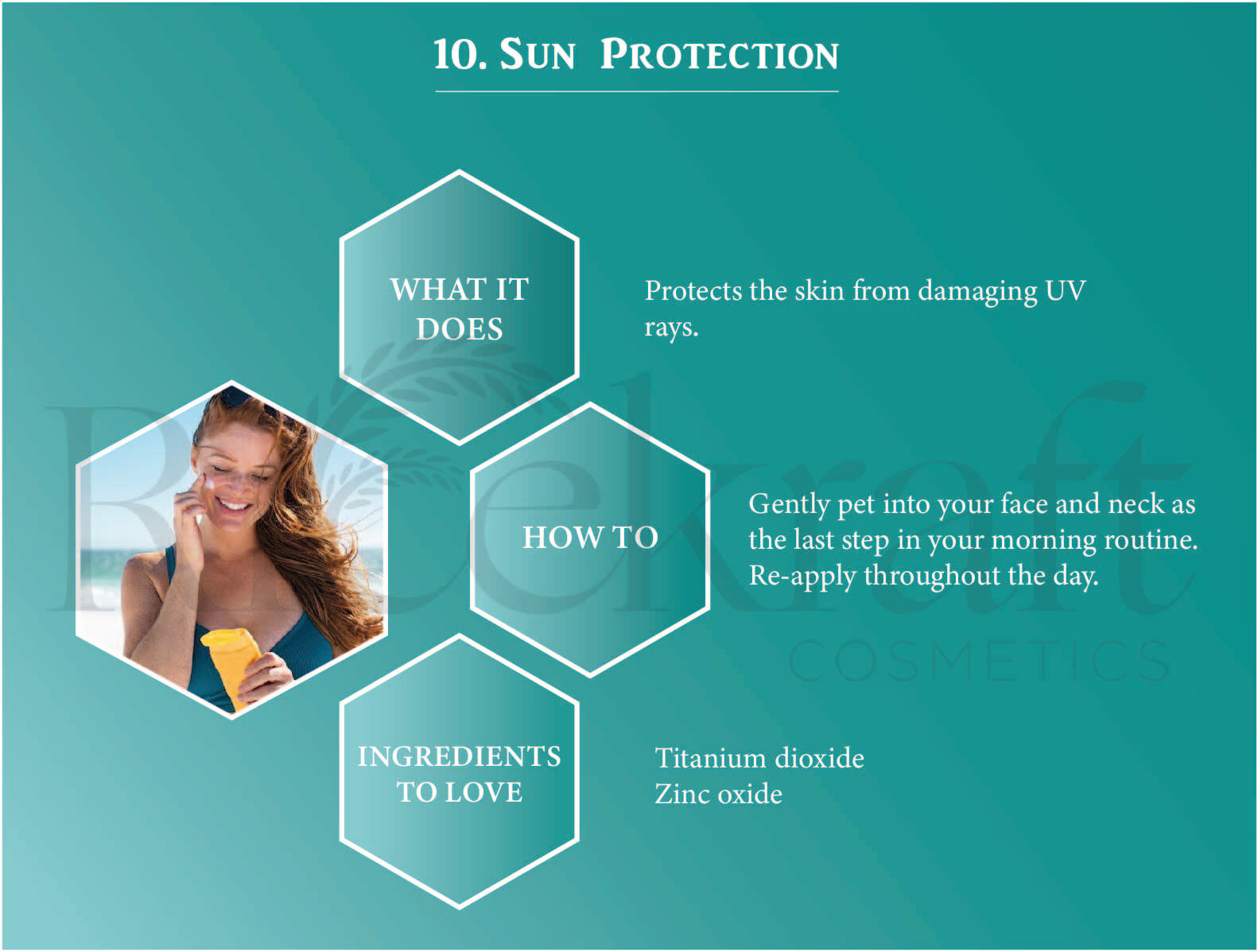
Sun exposure can speed up signs of aging, slow the healing of acne scars, and causes skin cancer, so skin protection is essential.
SPF shields your skin and protects against harmful UV rays.
A broad-spectrum sunscreen is recommended to prevent UVB and UVA rays from entering your skin’s pores, regardless of the skin type you have.
Sunscreen formulations fall into three camps:
- Mineral/physical sunscreens – only two mineral ingredients, titanium dioxide and zinc dioxide
- Chemical sunscreens
- Hybrid sunscreens
Mineral sunscreens reflect away UV rays, while chemical sunscreens will take the UV rays and convert them into heat, preventing skin damage. Neither mineral nor chemical sunscreens are inherently better than the other. They are equally protective, which comes down to what you’re looking for.
It is recommended to use a physical sunblock or mineral suncream to avoid clogged pores for oily skin.
How To Use:
Gently pat the product onto your face before heading out under the sun. Cover your neck and jawline as well. If you are heading out again after some time when the sun is still out, apply it again.
Skip If…
It’s nighttime, and you’re going to bed.
Conclusion
The ’10-step skincare routine’ incorporates products like essences, ampoules, serums, and sheet masks.
We know it can all feel very intimidating to follow all Korean routine steps daily.
Well, you will be surprised to know – “It’s a misconception that you’re supposed to be doing all ten steps every single day,”
It is an extended version of the conventional three-step cleanser-toner-moisturizer routine many grew up with.
Korean routine is more about the various products that can be used, depending on your skin type and concern.
This 10 step Korean Skincare routine will likely dwindle to 5 for those coming from a two or three-step skincare routine.
F.A.Q. About Korean Skincare Routine
1. Do I always needs to follow all the steps of the Korean skincare routine?
You can skip either the essence or the serum on a rushed day. You can also leave the eye cream in the daytime routine.
2. I don’t use too much makeup. Do I still need to double-cleanse at night?
Yes, because both the cleansing steps are necessary. Oil cleansers break down oil-based impurities such as makeup, SPF, excess sebum, and other pollutants. In contrast, Water cleansers cleanout water-based contaminants such as dirt and sweat, which is essential in keeping skin healthy.
3. How long do I have to wait in between the steps of my Korean skincare routine?
You can apply most skincare products back to back. It’s best to use them on damp skin, which acts like a sponge and helps in better absorption.
4. Will layering so many products on my skin clog my pores?
No, each step has a unique role in keeping your skin happy and healthy.
5. Do you have to use all 10 steps morning and night?
Generally, the Korean Skincare routine reserves for the night when we have ample time. Morning routines focused on the basics of sun protection and moisturization.
6. Will the 10-step routine help me achieve glass/honey/dewy skin?
“That’s the ultimate goal of this routine. Nourishing the skin with layers of hydration plumps it up, resulting in a smoother texture. The high water content in skin reflects light differently, providing that glassy glow we love!”


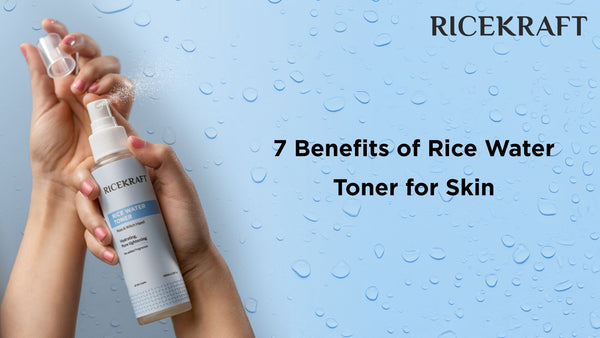
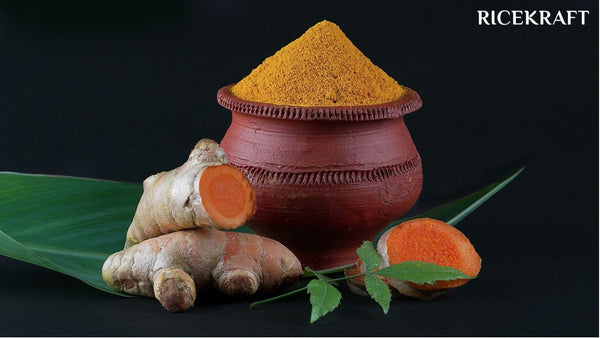
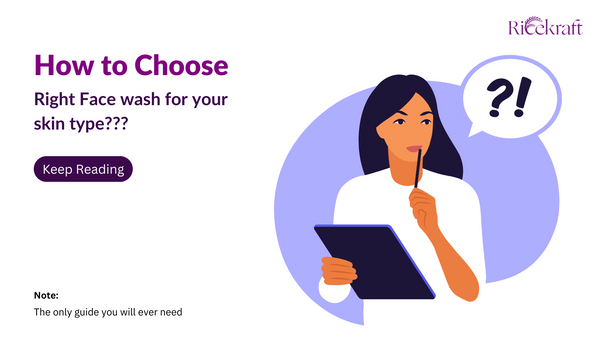

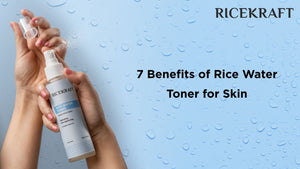
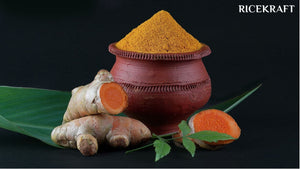
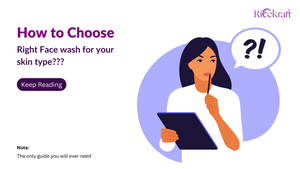

Okkabeautydubai -
I love how Korean skincare focuses on hydration. It’s made such a difference for my dry skin.
Okkabeautydubai -
I appreciate the depth of research evident in your posts. It’s clear you’ve put a lot of effort into this.